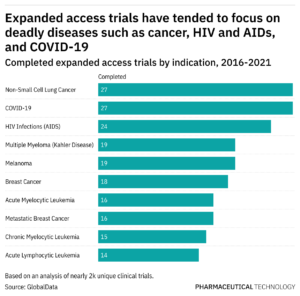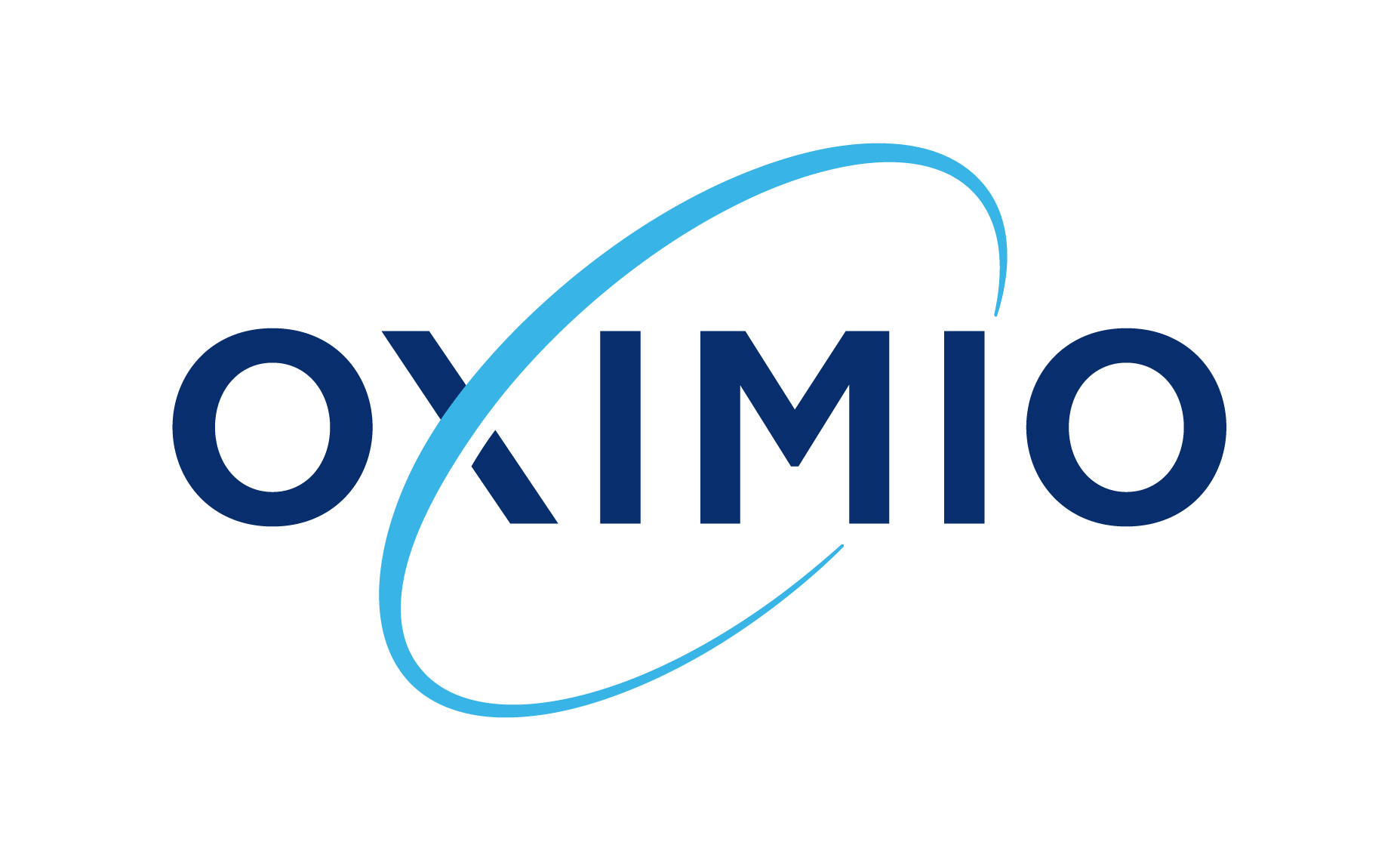Expanded access programs (EAPs), have been in and out of the pharmaceutical spotlight since their inception back in the late 1970s. While a formal EA program was first established in 1987 in response to HIV/AIDS, it wasn’t until the 2013 Ebola virus outbreak that the World Health Organisation confirmed the ethics of providing patients in need with access to investigational drugs outside of a clinical trial and not approved by a regulator, in order to preserve life.

Since then, there have been stories all around the world of individuals or groups of patients who are severely ill and cannot participate in clinical trials, with no other treatment options, for whom EA offers a glimmer of hope. Most recently, these programs were once again in mainstream focus in response to COVID-19, which created considerable interest in developing novel therapies, including the use of repurposed drugs, to treat SARS-CoV-2.
But the EA landscape is complex, with regulations differing from country to country, and sometimes not even available at all. Here, we examine the current expanded access market, the barriers to entry faced by pharma manufacturers, the logistics of breaking them down, and why they’re worth overcoming.
The benefits
In a nutshell, expanded access can save lives. But the advantages of EA extend beyond potential patient recovery. By providing patients with access to treatments or drugs which are not registered in their country, there’s value to be found for the developer, too. For example, additional data around drug efficacy/safety becomes available, as does insight into country demand, which facilitates an informed decision about drug registration. Data captured here can then go on to support the formulation of a company’s global commercialisation strategy.
In addition to the development of positive relationships with key opinion leaders, patients, advocacy groups and regulators, EA also helps to fulfil the social responsibility of developers, supporting their company mission and promoting sustainability and a positive image.
Financially, there are potential gains to be made, with EA programs offering the opportunity for early market penetration, while potentially increasing acceptance and uptake by physicians and patients following the drug’s commercial launch.
The market
Currently, EA programs are not available in every country. For patients in need of immediate access to investigational drugs, this creates a frustrating barrier to a potentially life-saving therapy, not to mention pressure on governments and regulatory agencies to build pathways to program access.
“Different regulations around the globe can create logistical issues in providing the treatment for patients within EA programs,” says Samuel Gal Alterovich, director of strategic services and alliances at leading clinical trial logistics services provider Oximio. “Typically, regulations require an EA program to be terminated when a drug becomes commercially available. At this point the drug is no longer considered investigational for the indication for which it was approved. Thus, it is considered ethical to terminate the EA program and transition patients to traditional health channels or patient assistance programs to obtain the drug.”
According to Alterovich, there is also the absence of legislation or legal barriers to approve the program or difficulties in the logistics process, as well as the current level of safety and efficiency.
“Financially, there is also the expense and supply constraints of EA to consider. Reimbursement for the EA drug is a complex issue. Insurance companies typically do not reimburse for experimental or research drugs unless special arrangements have been made in advance for research trials. Pharmaceutical companies can also pay for such experimental or compassionate therapeutic options as they would for clinical trials in some circumstances.”
The solution
As focus on expanded access grows, many of these barriers are being addressed. When it comes to ethics, great strides are being made to protect patients, with large pharma companies in particular creating dedicated departments to handle ethical considerations alongside compliance with legal and regulatory requirements and social responsibility.
Sponsors are often faced with dilemmas regarding the supply of life-saving drugs, with geographical, regulatory and logistics considerations to contend with alongside questions around the quantity of patients to involve in the EA program. To streamline the process, many turn to external experts to overcome these challenges.
But what should sponsors look for in an expanded access partner?
Any EA partner should be armed with an understanding of the regulatory landscape from both a global and local perspective, allowing them to translate global pharmaceutical needs in response to patient requirements, into actual plans and processes which will facilitate the successful implementation of an EA program.
In practice, this means:
- Regulatory support: An intricate knowledge of the regulations around EA in each country is essential. An EA partner will need to highlight what pathways exist and which is most optimal to the specific case, as well as offer expert insight on EA program submission processes, import requirements/proper applications and licenses.
- Communication: The ability to facilitate communication between various regulatory branches in each country create a consolidated solution is necessary for the smooth running of any EA program. This means that existing relationships with local MOHs and relevant departments is extremely beneficial, as is an established connection with local medical sites, or even previous activity in clinical trials in these locations.
- Storage and distribution: An EA partner with the ability to arrange the relabeling/additional labeling process if required, store and deliver EA medications, both domestically and abroad, is advantageous to enhancing operational efficiency and maintaining product efficacy.
Oximio offers this expertise by consulting with sponsors on the design of their EA program supply chains, ensuring the fastest timelines and compliance, with local and global support. But it is the on-time delivery of treatment to patients that is the most critical way in which Oximio works with sponsors and their patients. The company’s patient-focused offerings include services dedicated to the comfort and welfare of patients. This includes the delivery of drugs directly to the patient or delivering nursing services to the patient at home.
This integration of services that focus on the patient experience is high on Oximio’s agenda. The design of these, integrated with EA offers great potential value from both the sponsor perspective, and in terms of the patient wellbeing, right and in time delivery of needed treatment.
The future
Looking ahead, Alterovich sees an increased focus on improving entry to expanded access, with regulatory acceptance and processes in support of EA emerging worldwide. He predicts that in the near future there will also be more leeway in integrating EA with other patient focused services.
For both sponsors and patients, the future in the EA space looks bright. Around the world, initiatives are being implemented with the potential to not only save lives but enhance a sponsor’s commercialisation strategy, all while promoting a patient-focused vision. The key? Keeping a close eye on emerging trends, working with experts in global and local clinical trials and, above all, establishing a robust supply chain.
Originally published on Pharmaceutical Technology.
